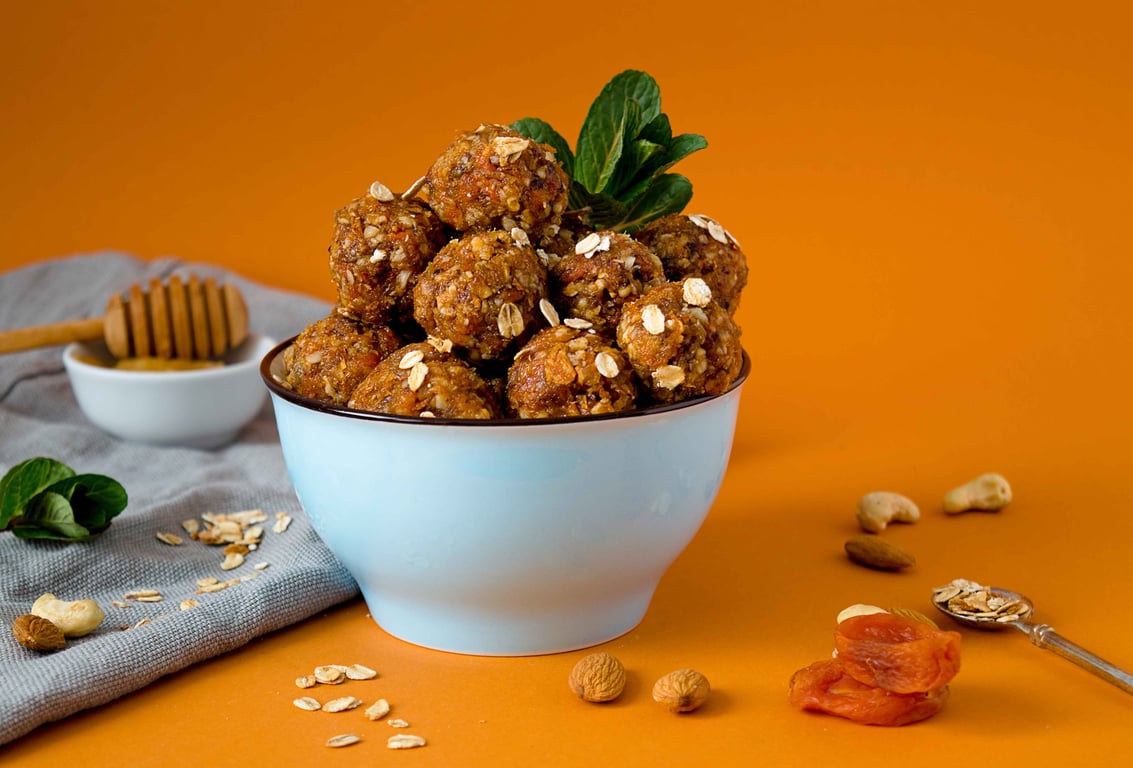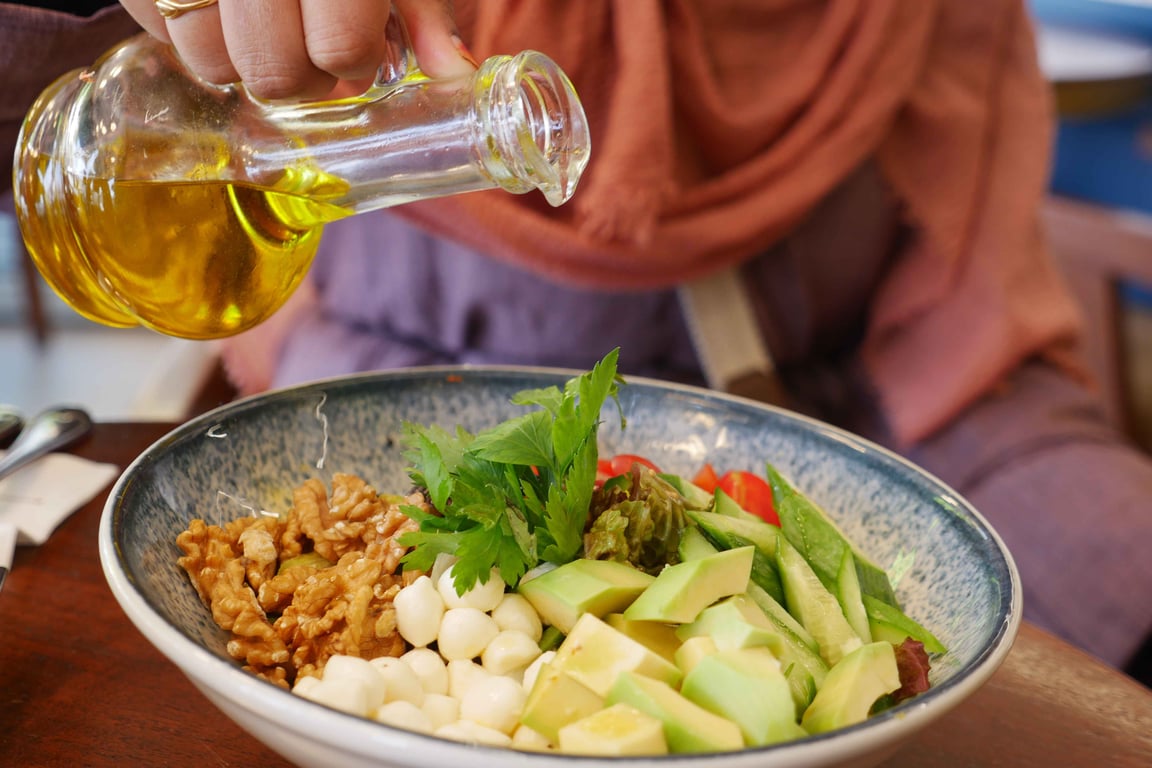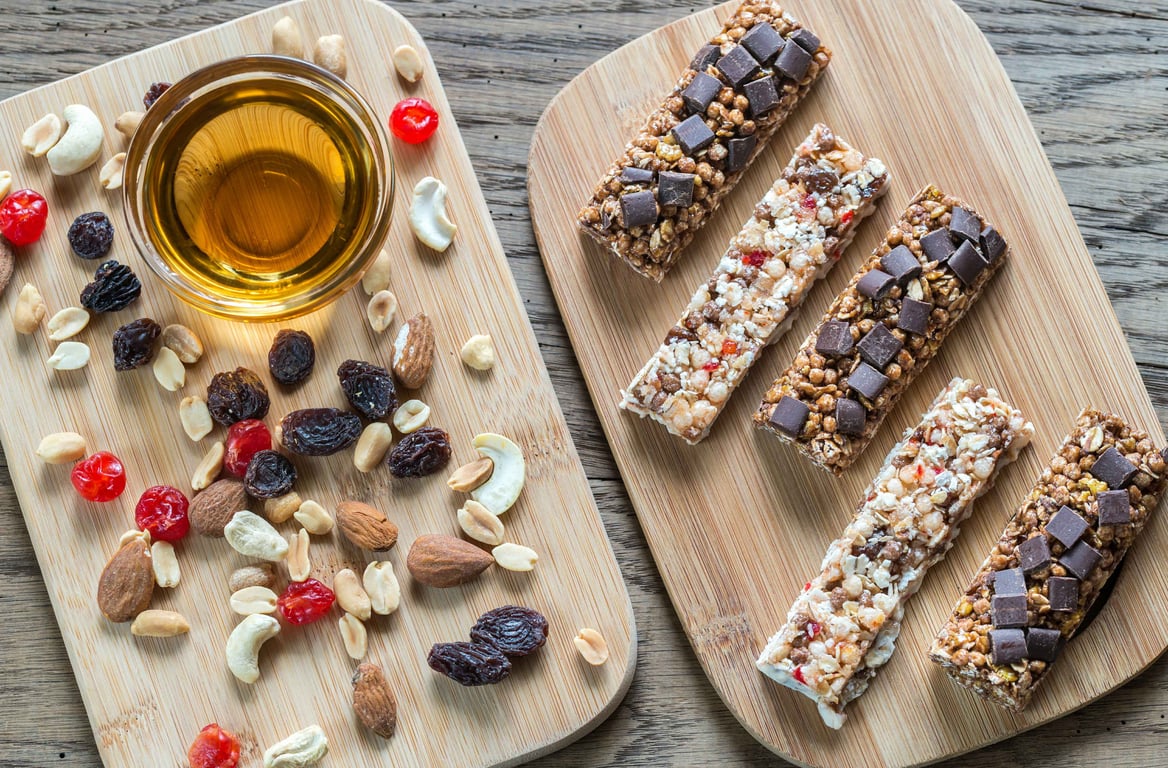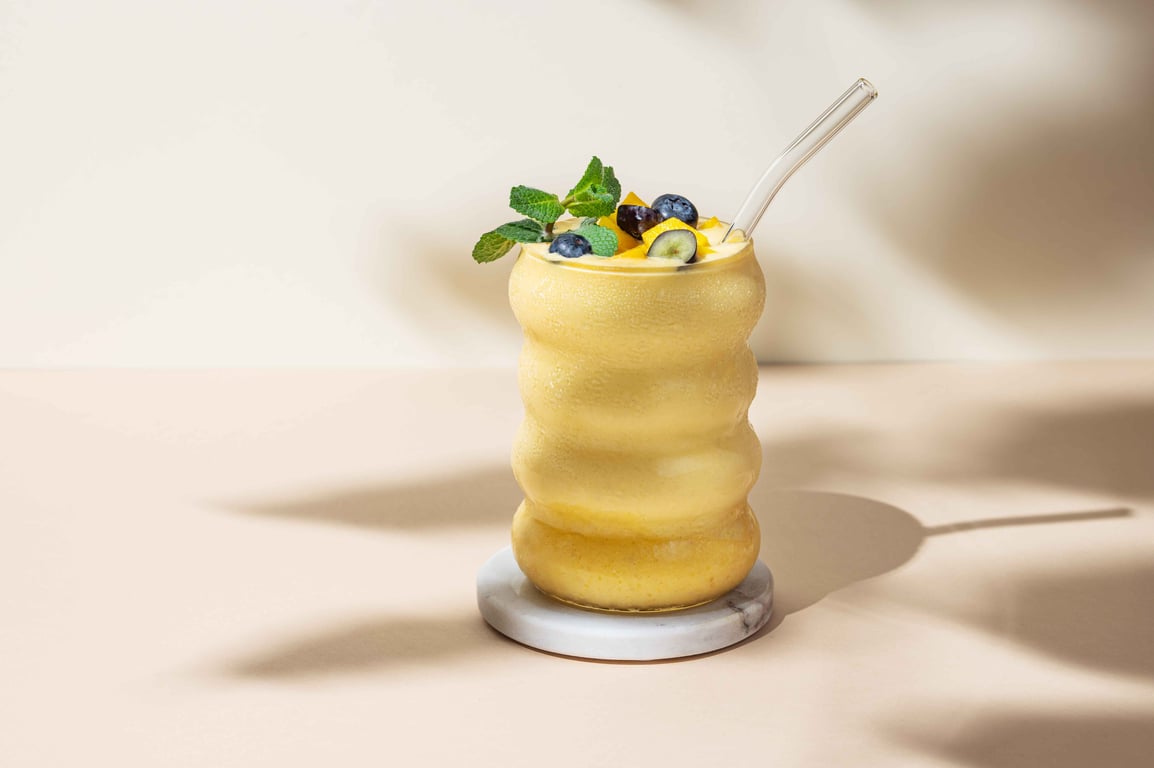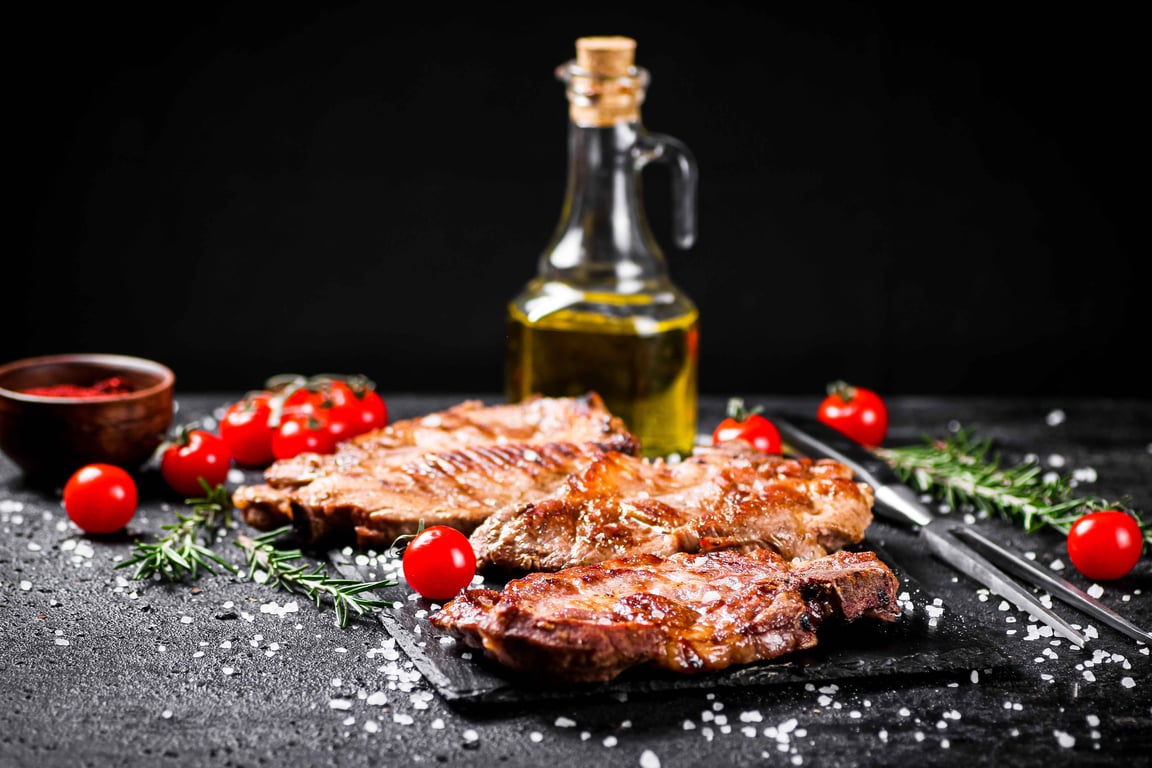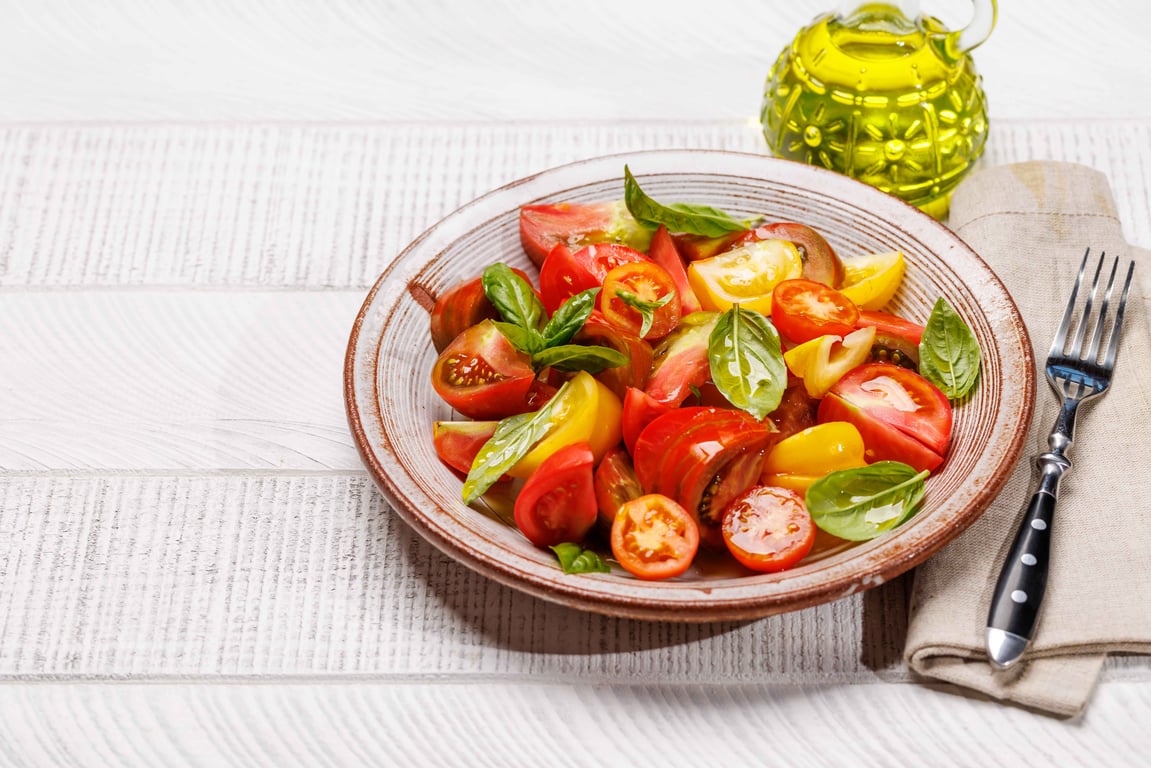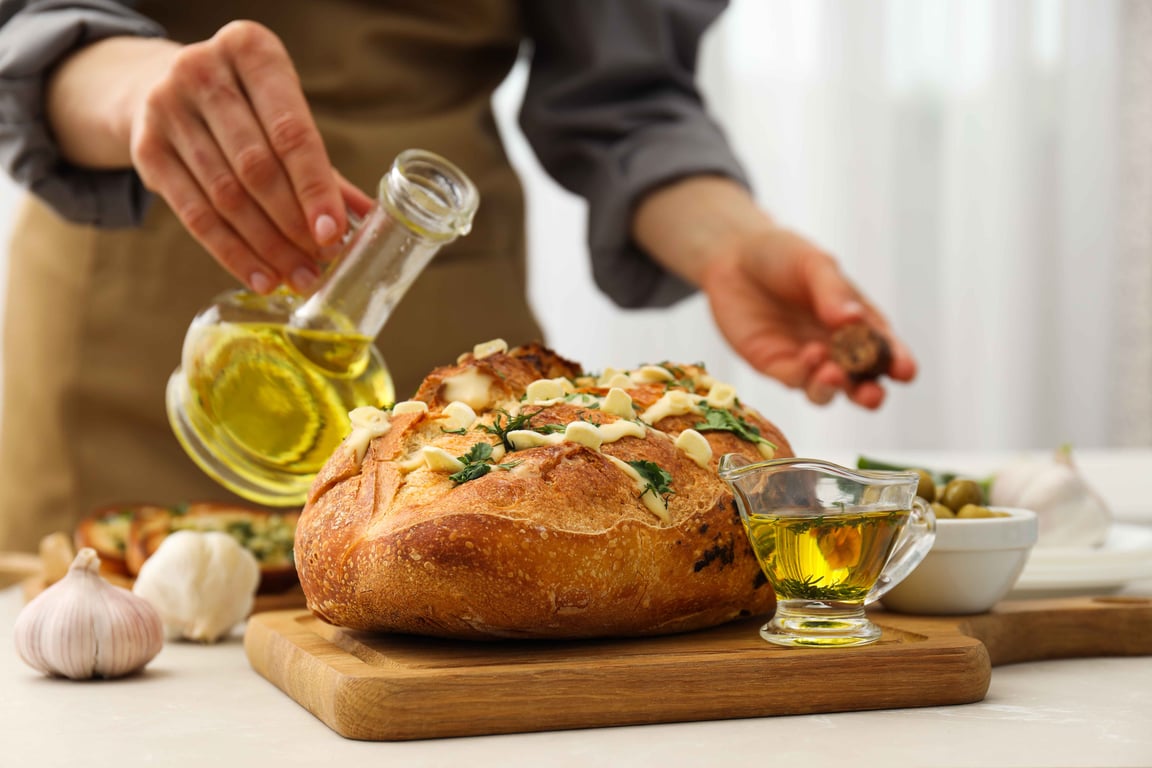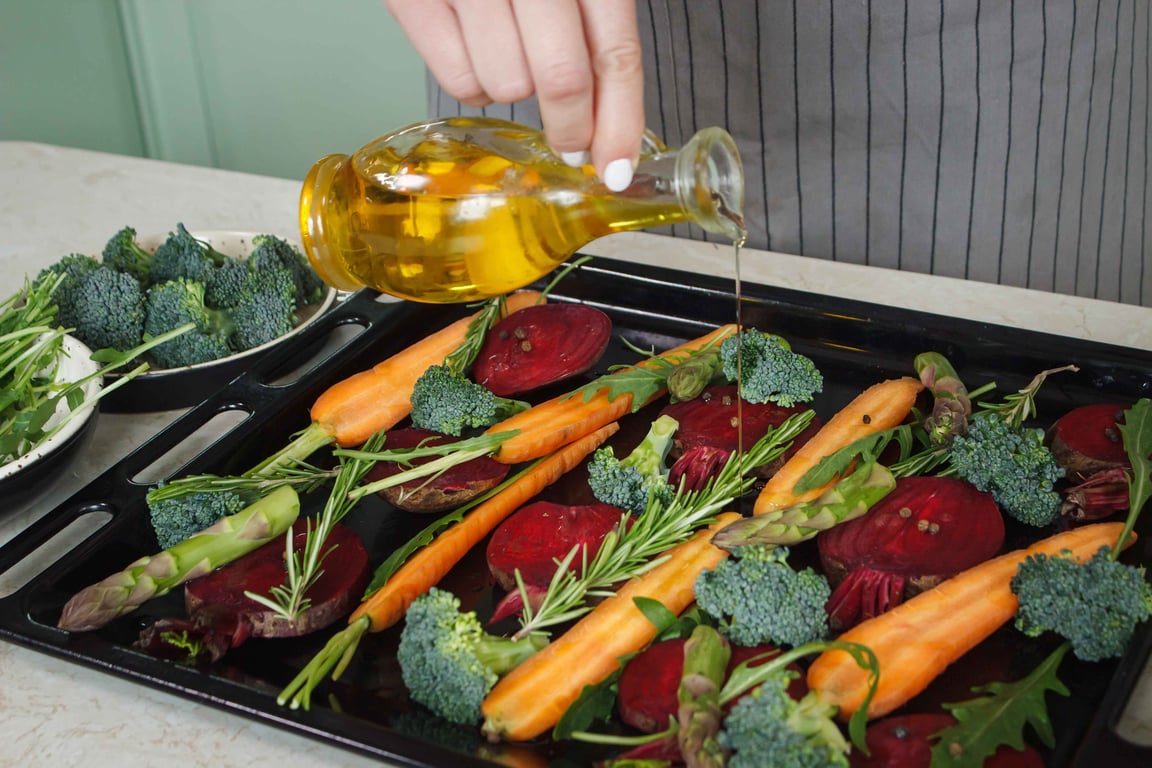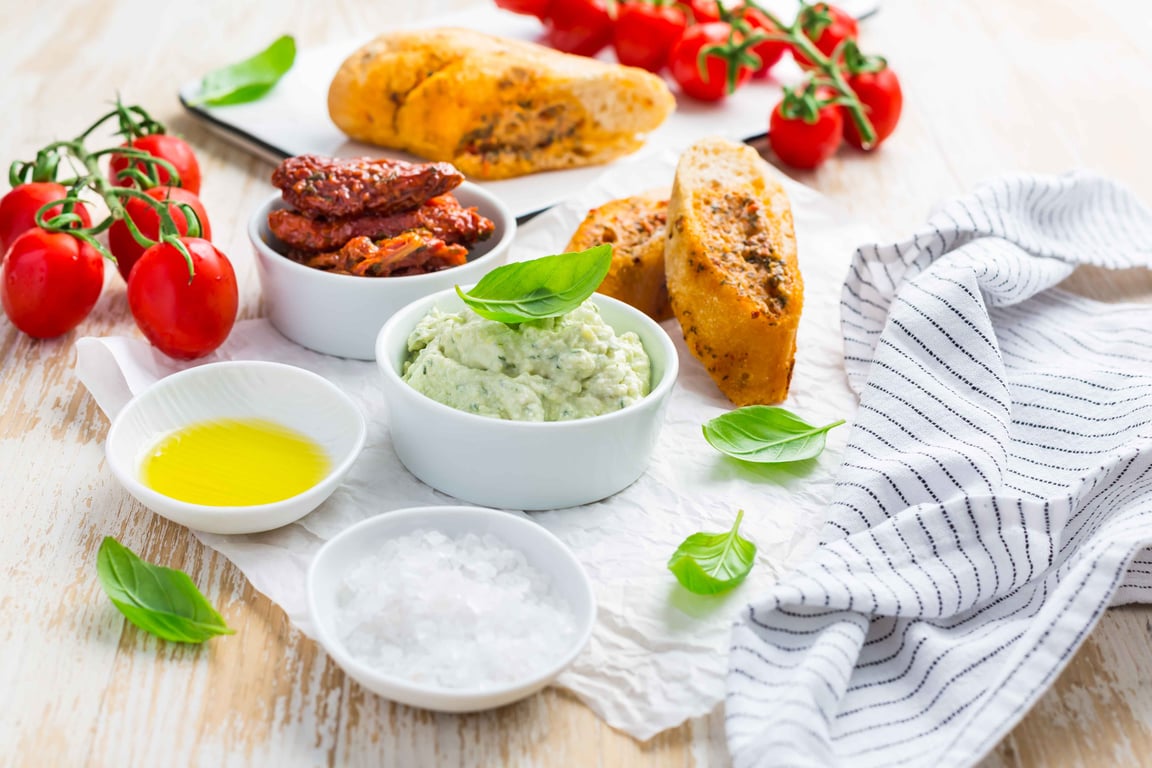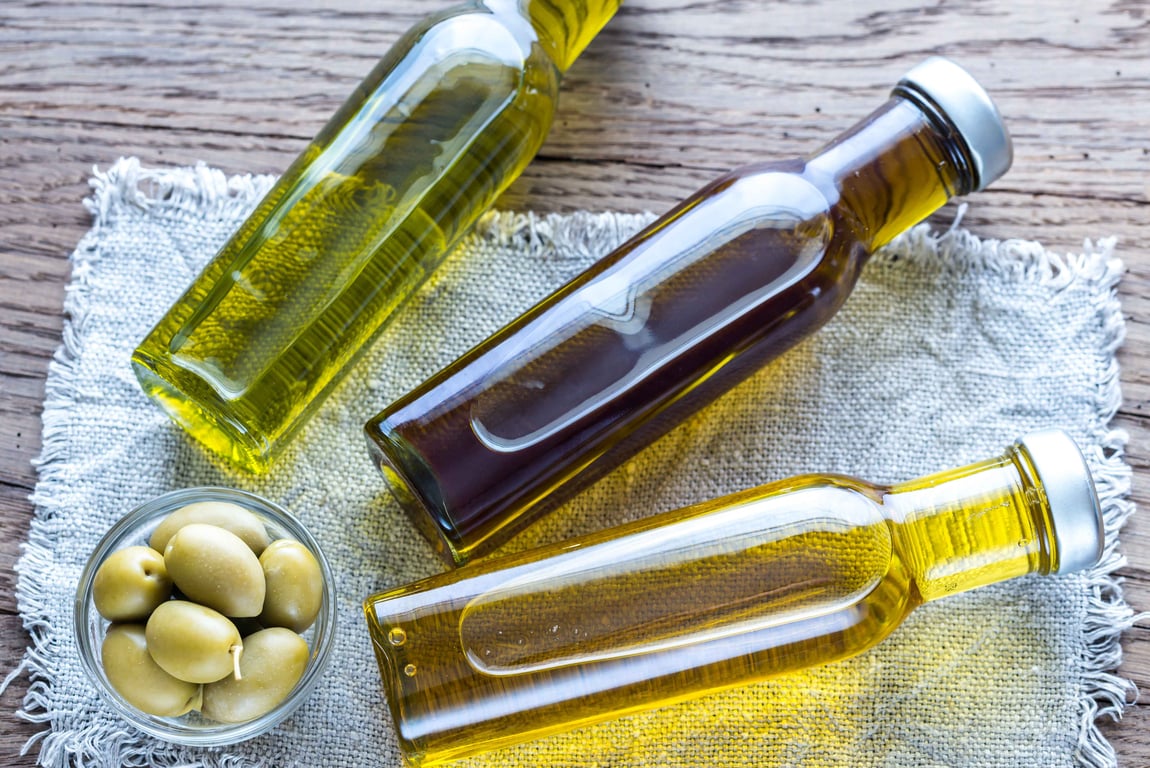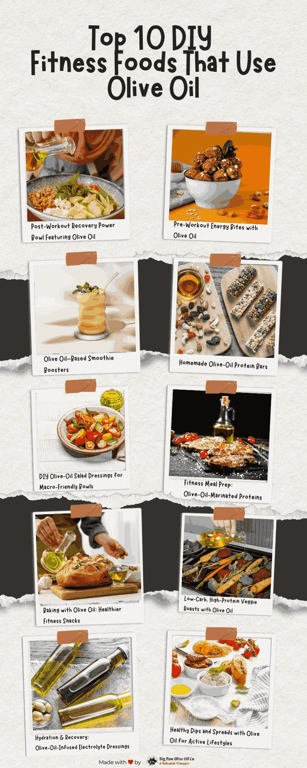Top 10 DIY Fitness Foods That Use Olive Oil
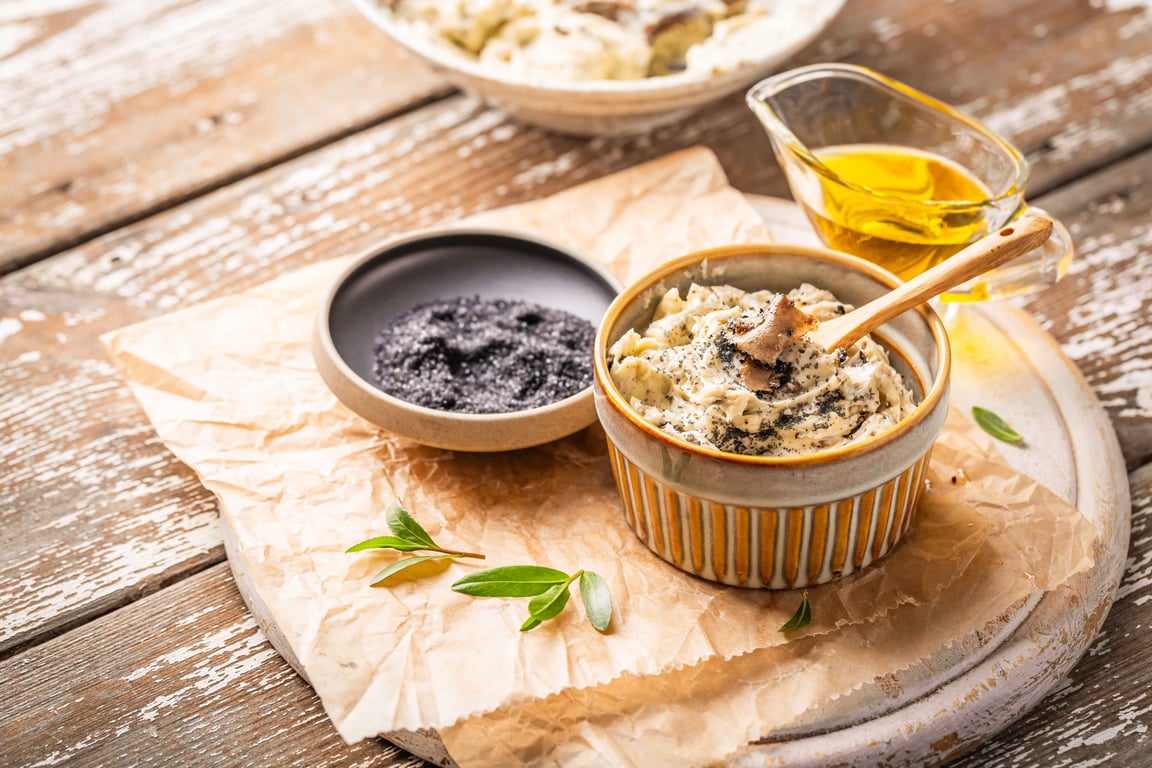
Olive oil isn’t just a finishing drizzle for Mediterranean salads—it’s a powerhouse ingredient that can transform everyday meals into functional fuel for active bodies. Rich in anti‑inflammatory phenols, heart‑healthy monounsaturated fats, and vitamin E, olive oil supports hormone production, steady energy release, and muscle recovery after intense training sessions. Below are ten DIY fitness foods—plus an FAQ—that weave olive oil into your pre‑workout snacks, post‑workout recovery plates, and weekly meal‑prep rotation. Each idea highlights natural pre‑workout food, muscle recovery foods, and healthy recipes with olive oil so you can train harder, recover faster, and eat tastier.
1. Pre‑Workout Energy Bites with Olive Oil
A perfect bite‑size boost when you need clean fuel 45 minutes before lifting or sprint intervals. Combine rolled oats, chopped dates, cacao nibs, micro‑ground flaxseed, and a tablespoon of extra‑virgin olive oil (EVOO) with a splash of maple syrup. The EVOO’s fats slow gastric emptying, preventing the blood‑sugar spikes common with sugared gels, while its polyphenols help reduce oxidative stress created during exercise. Store the mixture in the refrigerator for 20 minutes, roll into 25‑gram balls, and you have a grab‑and‑go natural pre‑workout food that beats commercial options.
Training tip: Add a pinch of sea salt for sodium top‑up before a sweaty session.
2. Post‑Workout Recovery Power Bowl Featuring Olive Oil
This bowl ticks every macronutrient box demanded by a hard session. Layer cooked farro, roasted sweet potatoes, air‑fried chickpeas, and lemon‑pepper grilled chicken. Dress generously with an healthy olive oil dressing recipe made from EVOO, lemon juice, minced garlic, and fresh oregano. The result is one of the ultimate muscle recovery foods: complex carbs restock glycogen, the 30 grams of protein start muscle repair, and olive oil’s oleocanthal combats delayed‑onset muscle soreness (DOMS).
3. Homemade Olive‑Oil Protein Bars
Commercial protein bars often rely on palm oil or sugar alcohols. Make your own homemade fitness snacks instead: whisk vanilla whey or plant‑based protein, puffed quinoa, chopped almonds, black‑strap molasses, and two tablespoons of EVOO. Press into a parchment‑lined pan, chill for an hour, then slice into bars. Olive oil in the mix adds moisture, eliminates the need for butter, and fits perfectly into an olive oil in body building diet that prioritizes clean fats for hormone health.
4. Olive Oil–Based Smoothie Boosters
Smoothies can be calorie‑dense without becoming sugary. Blend frozen blueberries, spinach, Greek yogurt, and a tablespoon of EVOO. The oil increases absorption of fat‑soluble vitamins A and K in the greens, smooths texture, and provides 120 calories of sustained energy—ideal if you struggle to reach your daily surplus during a bulking phase. Consider adding creatine monohydrate post‑blend for a complete recovery shaker.
5. Fitness Meal Prep: Olive‑Oil‑Marinated Proteins
Weekly fitness meal prep recipes live or die on taste variety. Marinate lean sirloin, tofu slabs, or wild salmon in an emulsion of EVOO, balsamic vinegar, smoked paprika, and cracked pepper for at least two hours. Olive oil penetrates muscle fibers, improving tenderness and flavor retention after reheating—crucial for athletes tired of dry chicken. Portion with brown rice or cauliflower rice to hit different macro needs.
6. DIY Olive‑Oil Salad Dressings for Macro‑Friendly Bowls
Skip bottled dressings packed with soybean oil. Whisk 3 parts EVOO, 1 part apple‑cider vinegar, minced shallot, Dijon, and a touch of raw honey. This base can be tweaked with herbs or citrus to fit healthy salad dressing recipes with olive oil—use orange zest for a citrus twist or chipotle powder for heat. Each tablespoon supplies about 14 grams of premium fat, making it easy to meet ketogenic or moderate‑fat macros.
7. Baking with Olive Oil: Healthier Fitness Snacks
Olive oil is a seamless 1:1 replacement for butter in muffins, quick breads, and high‑protein pancakes. Try banana‑oat muffins: blend ripe bananas, egg whites, vanilla protein powder, oat flour, and EVOO. The result is a moist crumb with fewer saturated fats and zero trans fats. Because olive oil stays liquid at room temperature, the muffins stay soft for days—ideal batch baking for loaded training weeks.
8. Low‑Carb, High‑Protein Veggie Roasts with Olive Oil
Roasting boosts the flavor of low‑GI vegetables. Toss broccoli, zucchini, and bell pepper strips in EVOO, garlic powder, and nutritional yeast for added B‑vitamins. Roast at 400 °F for 18 minutes. Pair with grilled tempeh or turkey sausages for a plate that keeps carbs under 25 grams while providing 35 grams of protein—perfect for athletes cycling carbohydrates.
9. Healthy Dips and Spreads with Olive Oil for Active Lifestyles
Blend white beans, roasted red pepper, cumin, and EVOO to create a creamy dip that outruns store‑bought hummus in protein per gram. Or smash ripe avocados with salsa verde, lime, and EVOO for a guac that resists browning longer. These spreads double as sandwich fillers, making them versatile for pre‑race breakfasts where you need moderate fats alongside low‑fiber bread.
10. Hydration & Recovery: Olive‑Oil‑Infused Electrolyte Dressings
Sweat costs more than water; you also lose sodium, potassium, and magnesium. Create an electrolyte salad topper: whisk EVOO with coconut water, lime juice, pink salt, and a teaspoon of honey. The liquid electrolytes replenish minerals, while olive oil’s antioxidants decrease exercise‑induced lipid peroxidation—a silent issue in endurance athletes.
Frequently Asked Questions
Q: Is olive oil good for fitness and muscle recovery?
A: Yes. Olive oil contains oleocanthal, a compound that acts similarly to ibuprofen in reducing inflammation. Combined with its vitamin E content, it accelerates tissue repair, making it a cornerstone among benefits of olive oil for athletes.
Q: Can I add olive oil to protein shakes or smoothies?
A: Absolutely. One tablespoon blends smoothly, adds satiating fats, and improves absorption of fat‑soluble nutrients—perfect if you need extra calories without relying on sugar.
Q: Can I use olive oil in my pre‑workout meals?
A: Yes. Pair it with complex carbs like oats or fruit to create a balanced release of energy. Doing so stabilizes blood sugar during long sessions.
Q: What kind of olive oil is best for fitness meals?
A: Cold‑pressed extra‑virgin olive oil retains the highest antioxidant load. Choose a dark bottle with a recent harvest date to protect those delicate polyphenols.
Q: Can I bake protein snacks using olive oil instead of butter?
A: Definitely. Olive oil’s higher proportion of monounsaturated fat supports cardiovascular health and keeps protein treats moist for longer shelf life.
Q: Does cooking olive oil reduce its health benefits?
A: Brief cooking at moderate oven or sauté temperatures (below 410 °F) preserves most antioxidants. For intense stir‑fries, use refined olive oil and finish with EVOO cold.
Q: Are there fitness snacks I can prep in bulk using olive oil?
A: Yes—energy bites, protein bars, roasted nuts, and marinated protein skewers all keep well for 4–5 days in the fridge and freeze flawlessly for longer storage.
Fuel your workouts the healthy way—discover the top 10 DIY fitness foods made with olive oil for energy, strength, and recovery.
Incorporating olive oil into every stage of the training day—fueling, performance, and recovery—provides flavor and scientifically backed benefits. From olive oil for workout smoothies to make‑ahead fitness meal prep recipes, its versatility allows athletes to meet macro targets while reaping anti‑inflammatory bonuses. Stock your pantry with an aromatic, freshly pressed bottle and start crafting these healthy olive oil recipes today.


 Fax : 1-973-799-0901
Fax : 1-973-799-0901 Call us now: +1 408-464-9048
Call us now: +1 408-464-9048


